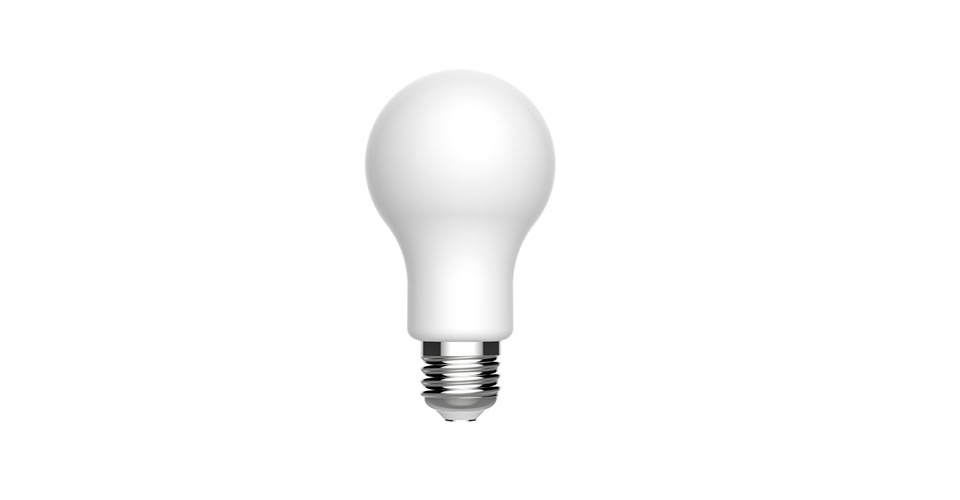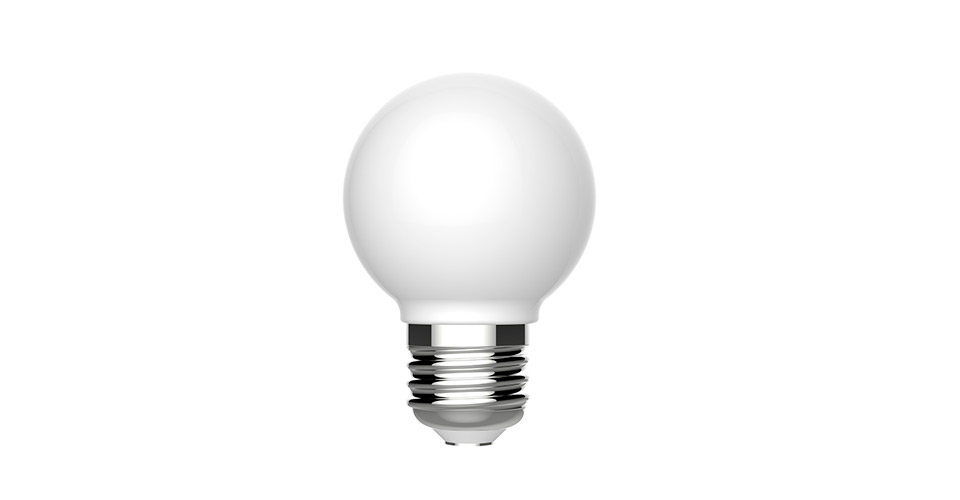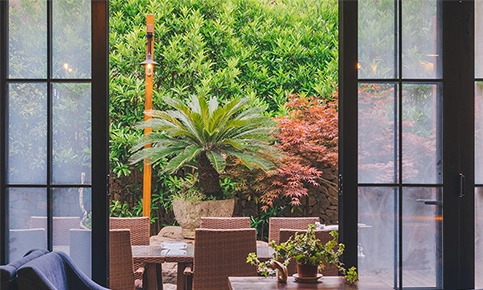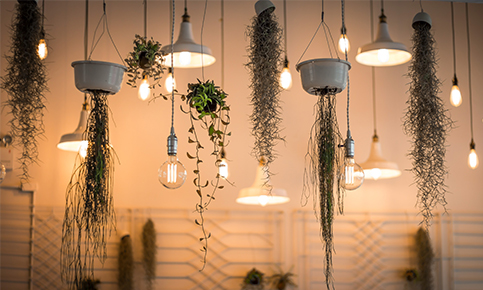
When it comes to lighting your home or workspace, the type of bulb you choose plays a crucial role in determining the ambiance and functionality of the space. P bulbs are a popular choice due to their versatility and range of applications. However, with various types of P bulbs available in the market, it's essential to understand their differences and features to select the right one for your lighting needs. In this blog, we'll explore the different types of P bulbs and guide you in making an informed decision to achieve the perfect lighting for your space.
Before delving into the different types of P bulbs, let's understand what the "P" designation means. Type P bulb is categorized by their shape and have a specific letter code assigned to them. The letter "P" stands for "Pear" or "Parabolic Aluminized Reflector," both of which are widely used bulb shapes.
P incandescent bulbs are the traditional P-shaped bulbs that have been in use for many years. These bulbs use a filament that produces light when an electric current passes through it. While incandescent bulbs are being phased out due to their lower energy efficiency compared to other options, they are still available in some markets. They provide warm, soft lighting and are often used in decorative fixtures and lamps. LED technology has revolutionized the lighting industry, and PAR LED bulbs are a popular energy-efficient alternative to traditional incandescent PAR bulbs. They offer longer lifespans, consume less energy, and produce minimal heat. PAR LED bulbs are available in various color temperatures, allowing you to create different atmospheres in your space. They are ideal for outdoor lighting, security lighting, and accent lighting, as well as indoor track lighting and recessed fixtures.
When selecting the right type P light bulb for your lighting needs, consider the following factors:
Application: Determine the specific application for which you need the bulb – whether it's for general lighting, accent lighting, floodlighting, or directional lighting.
Brightness: Check the lumens rating of the bulb to ensure it provides the desired brightness for your space. Consider the lumens, rather than just wattage, as a measure of brightness.
Color Temperature: Choose the appropriate color temperature to set the mood and atmosphere of the space. Warmer color temperatures (around 2700K) create a cozy and relaxing ambiance, while cooler color temperatures (around 5000K) offer a more vibrant and energizing feel.
Energy Efficiency: Opt for LED or halogen bulbs if energy efficiency is a priority, as they consume less energy and have longer lifespans compared to incandescent bulbs.
Choosing the right type P light bulb for your lighting needs can significantly impact the ambiance and functionality of your space. Whether you opt for incandescent, PAR, PAR LED, or PAR halogen bulbs, understanding their differences and considering factors like application, brightness, color temperature, energy efficiency, and beam angle will help you make an informed decision. With P45 light bulb, you can create the perfect lighting environment for your home or workspace, enhancing comfort and productivity while adding a touch of style to your lighting design. Learn more about Topstar lighting and get more details.







